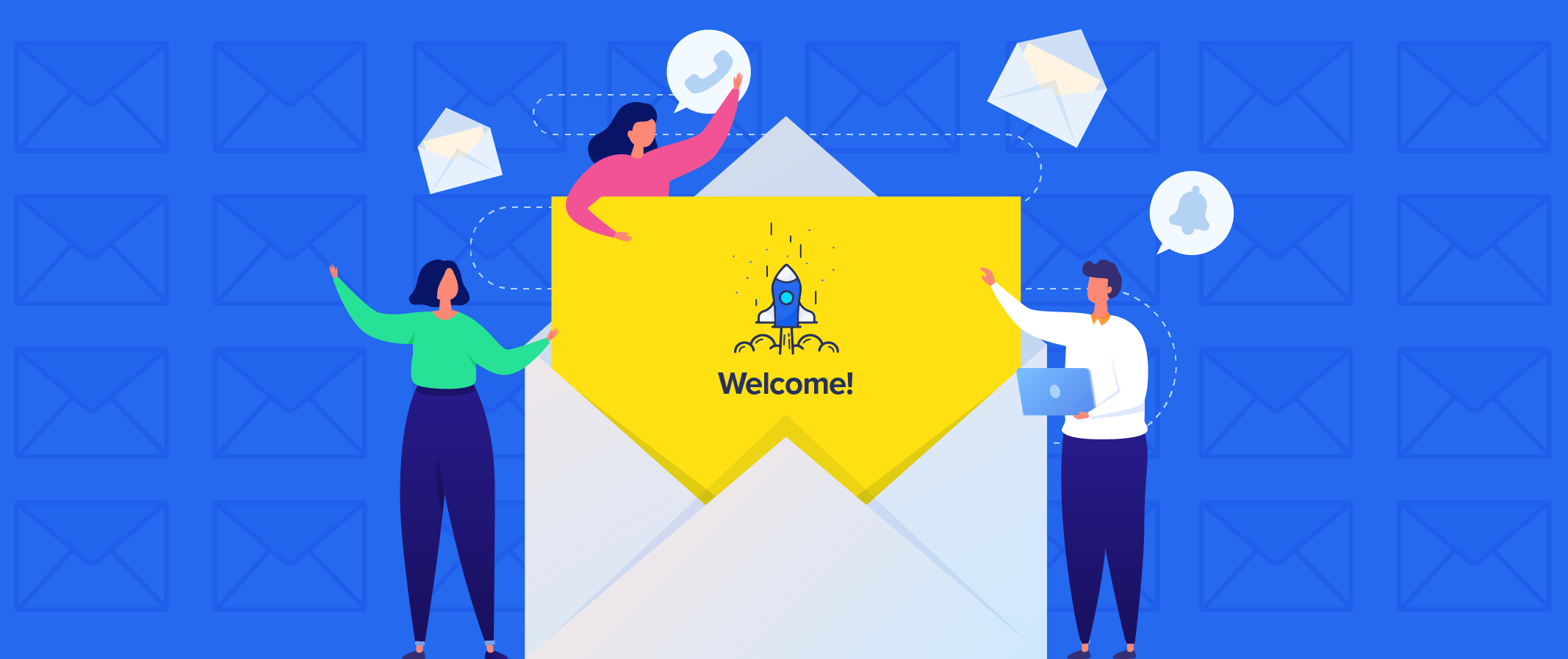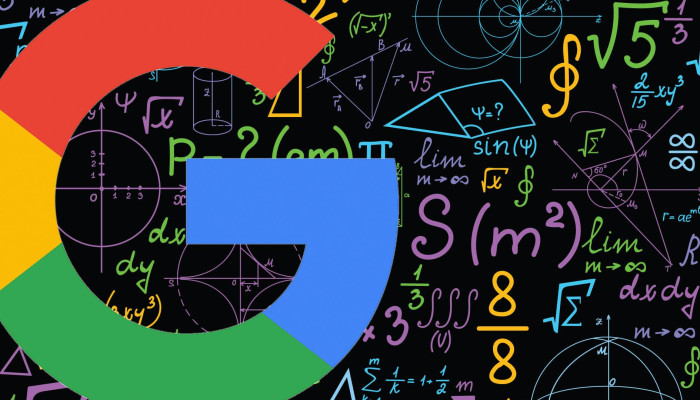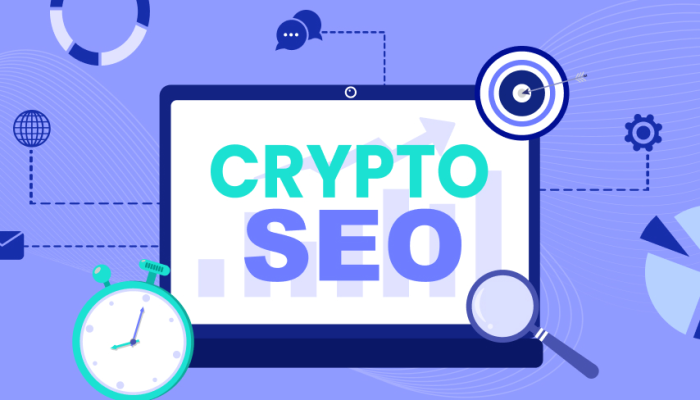Hello!
You don't just want to acquire customers, you want to retain them. There are many reasons why your business is not retaining customers and a smooth onboarding can help you fix this. It’s normal to be a bit lost when it comes to writing onboarding emails for your clients and users, but you won’t be able to improve your open and click-through rates without improving these emails. In fact, the way your business onboards new users sets the tone for the whole client-business relationship, so it’s important to do it right.
 By writing effective onboarding emails, you can reduce churn, increase lifetime customer value, and transform your new users into loyal, repeat customers.
By writing effective onboarding emails, you can reduce churn, increase lifetime customer value, and transform your new users into loyal, repeat customers.
Some interesting statistics show that tech businesses lose 75% of their new users within the first week, about 40% to 60% of free trial users will only use your service or product once and will not return, and most of a business’s revenue comes from its repeat customers. When we consider this information, it becomes clear why companies spend so much time and effort on their customer onboarding process. Unfortunately, this means that people are swamped by onboarding and sleazy emails from companies every day.
Companies need to adopt an effective and successful marketing strategy to manage new users to the business and stand out from the crowd of onboarding emails. Here’s the complete guide to onboarding new customers as well as four concrete examples you can adopt for your business.
Establish Your Goals and Strategy
To have a successful onboarding email campaign, you need to understand what your short term and long-term goals are and how you’ll achieve them. If you don’t take this important step, your efforts will be misdirected and useless. Short term goals can be anything from how many people you invite to a chat or how much user engagement you see.
 Then, look at your results for short term goals and how they fit into your long term strategy. This is the best place to start, bearing in mind that each user will behave differently and may require their unique onboarding process. When you decide your goals, you need to make sure that they are based on research, that they are attainable, measurable and that they are meaningful to your organization. This is very important as goals define what you will do and how you will do it.
Then, look at your results for short term goals and how they fit into your long term strategy. This is the best place to start, bearing in mind that each user will behave differently and may require their unique onboarding process. When you decide your goals, you need to make sure that they are based on research, that they are attainable, measurable and that they are meaningful to your organization. This is very important as goals define what you will do and how you will do it.
Of course, don’t give yourself too much time and don’t give yourself too little time. It should be just right in this regard. Enough time to make your goals challenging but just within the reach. If you need help developing an overall email marketing strategy, consider this helpful and easy-to-follow guide.
Don’t Annoy Your Clients
This should go without saying, but you’d be surprised at how many companies end up annoying their customers with their onboarding emails. People are constantly receiving emails about so many subjects, and so many of them get deleted without being read. Even by looking at your own inbox now, you can probably see so many onboarding emails. There are ways to write onboarding emails that your customers and subscribers will actually like receiving.
 The customer wants to know how the product will affect them and improve their life, much more than they care about a special feature they don’t understand. You should also avoid giving more than one choice or call-to-action as this will confuse the reader and lead them to close or delete your email. It’s also important to ask for feedback so you can constantly work on improving your process, and you can also look at what your competitors are doing well and take on their best practices.
The customer wants to know how the product will affect them and improve their life, much more than they care about a special feature they don’t understand. You should also avoid giving more than one choice or call-to-action as this will confuse the reader and lead them to close or delete your email. It’s also important to ask for feedback so you can constantly work on improving your process, and you can also look at what your competitors are doing well and take on their best practices.
The best way to go about this is to show them what their life will be like if they use your product. Let’s say that you are selling a time tracking product for your users. What you should tell them about is how they will be more organized, how much time they will save, how much more efficient they will be and so on.
There are many ways to do this. You could write a testimonial from your users or share an infographic. However, you can also share a video which is more popular nowadays and it can help you become more popular as users love watching video and they consider it easier and more interesting than reading things. Videos could draw more attention to your emails.
Finally, you want to make sure your content is personalized by the user’s behavior and progress, so they don’t receive the same information more than once. Your emails should be short and to the point so you don’t lose your readers’ interest. If writing emails is not your strongest suit, consult online tools to help you write your onboarding content.
Four Onboarding Email Examples
In this section, we’ll explore how you can use these tips listed above to make your onboarding emails successful. There are four different types of onboarding emails that you can use to set up a friendly and engaging relationship with your subscribers and clients.
1. Welcome Emails
 Welcome emails are without a doubt the most important emails in your customer onboarding process because they will engage your new clients. Statistics show that welcome emails have the highest open rate than any other emails you’ll send out, and they have 5 times the click through rate than any other marketing email.
Welcome emails are without a doubt the most important emails in your customer onboarding process because they will engage your new clients. Statistics show that welcome emails have the highest open rate than any other emails you’ll send out, and they have 5 times the click through rate than any other marketing email.
A welcome email must be brief and have a little reminder of what your company’s goals are and what customer needs your service or product will fulfill. You should also be clear about what the client should do next, whether it’s share with their friends, create an account, or more. As mentioned, the single call-to-action should lead to a page about getting started.
Welcome emails are really important because they are the first emails your users will receive. This means that they will be excited to read it and learn about your product. You need to seize this momentum, the part of the process when they are the most engaged with your product and they are interested to learn more.
Your welcome email should be automated so it’s sent out as soon as your client subscribes to the company. Be short, to the point, and make your call-to-action clear and well displayed. You should add a point at the end with contact details should they have any questions. Use this email to give them more information on how to use your product and how they can benefit from it the most. Invite them to use it. See this example from Universe.
2. Re-Engagement Emails
 You shouldn’t stop engaging with your clients once they’ve bought a product or service; you need to keep them engaged regularly to make sure they become loyal customers.
You shouldn’t stop engaging with your clients once they’ve bought a product or service; you need to keep them engaged regularly to make sure they become loyal customers.
If you don’t do this, they might lose interest, get disinterested in the product, or fail to understand something about it. In fact, post-purchasing marketing is one of the best ways to make a one-time shopper a loyal customer, as you can read more about here.
Getting new customers is more expensive and time-consuming than retaining customers. This means that you need to do your best to send reengagement emails. Some of the things you could send them are helpful videos, interesting articles and so on. Helpful videos can help your clients learn more useful features of your product and then use it more often and for more different things. If you create some sort of relationship with them, they will be more likely to buy new products from you and then eventually become advocates for your brand.
Instead, create motivation for your customer to continue to explore and use your products and services. See this example from Chanty, which shows the email that clients get if they’ve created a team space but haven’t invited anyone to the group. These are only successful if they’re personalized to the user and their behavior.
3. Educational Emails
 It’s normal that your clients have questions about your business or product, and you need to be able to answer them to keep your clients interested.
It’s normal that your clients have questions about your business or product, and you need to be able to answer them to keep your clients interested.
Maybe they don’t understand a feature of the service, or they feel overwhelmed by their options.
Tell them about new features, updates, tell them what your product is most used for, what is the best way to use it and so on.
This is a great example by Remote, which explains to the users how to maximize their services and providing tips and tricks.
4. Evaluation Emails
This is the last type of onboarding email you could send, which should be sent once your clients have used the product.
At this point, you should send an evaluation email to encourage them to upgrade or purchase another service. You can also use this email to ask them to invite friends to sign up also.
 A great example of this type of onboarding email is by Medium, which explains to users how they’ll benefit from an upgrade, shares pricing details, and is clear about the call-to-action.
A great example of this type of onboarding email is by Medium, which explains to users how they’ll benefit from an upgrade, shares pricing details, and is clear about the call-to-action.
Don’t Forget the Analytics
While you’re running your email onboarding campaigns it’s important to track and measure their effectiveness. You can use email analytics software, to find out how many users opened your email, what they clicked on, their location, and more. It’s important to use tools that can do a lot of this legwork for you, and don’t dismiss the data.
You don't know which tool to use?
Here's a guide to select one of the top email marketing services.
You should look at it and understand what it means about your users to find what’s successful and what you should drop for future onboarding campaigns.
Get Started and Start Improving your Customer Onboarding Emails Today
With the right onboarding strategy, you can "Wow" your customers from the start and it will help you win customer trust. Now that you’ve learned the basics of creating a successful email onboarding campaign and you’ve got some examples to consider, it’s time to get started.
 While it’s important to get people to sign up to your business’ mailing list, it’s even more important to develop lasting relationships with your customers to turn them into loyal, paying customers and brand ambassadors.
While it’s important to get people to sign up to your business’ mailing list, it’s even more important to develop lasting relationships with your customers to turn them into loyal, paying customers and brand ambassadors.
Onboarding emails are a great way to show the value of your service or product and walk your clients through the customer journey.
Whether you’re sending a welcome, re-engagement, educational, or evaluation email, a successful onboarding strategy will maximize your client engagement. Not only will it prevent potential customers from being disinterested or disengaged, but you’ll also be keeping your current customers happy and engaged.
Thank you!
Subscribe to our newsletter! Join us on social networks!
See you









